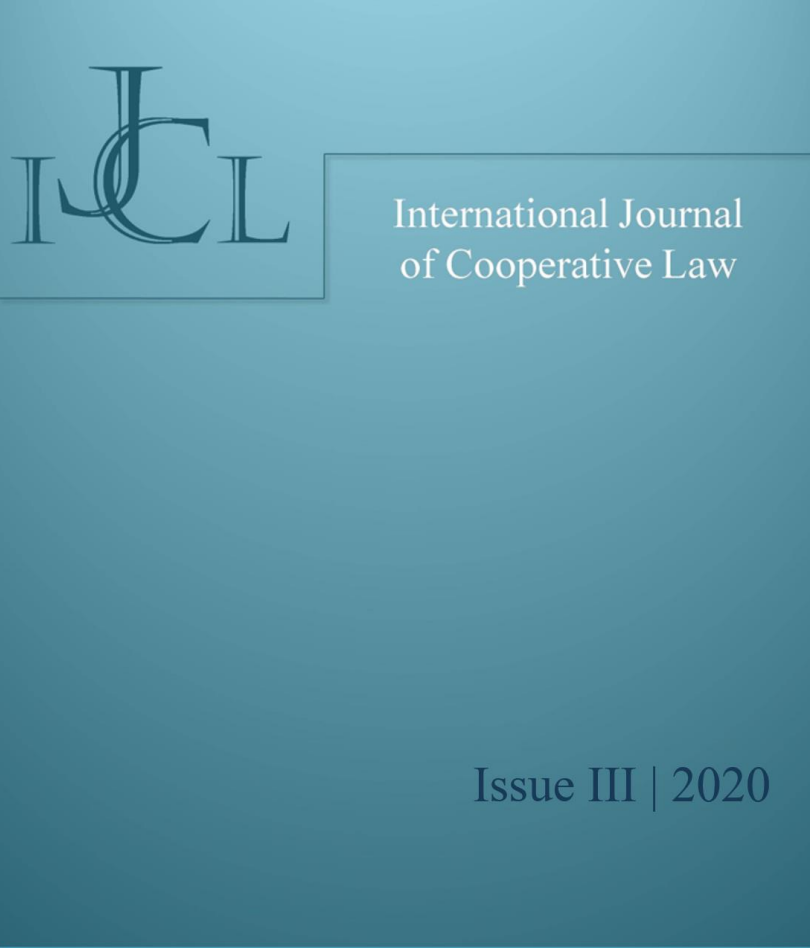COOPERATIVES IN THE PROCESS OF DEVELOPING THE MULTIFUNCTIONALITYOF RURALAREASIN POLAND –SELECTED LEGAL ISSUES
The purpose of this paper is to indicate the different kinds of cooperatives in rural areasand the factors that have influenced the progress of such entities in Poland, as well as how cooperatives affect the development of agriculture and rural areas. The paper also considers whether legal regulations facilitate or hinder the setting up and functioning of cooperatives, from the perspective of multifunctional agriculture and rural developmentinPoland.Problems concerning both cooperatives and multifunctional rural development are broad.Therefore,only selected issues are addressed. Thepaper begins withgeneral information about the multifunctionality of villages and the sustainable developmentof rural areas,followed by a short history of the development of cooperativesin Poland. Thepaper then turns to the contribution of cooperativesto the development of agricultural activity most popular in rural areas. The types of cooperatives considered includeagricultural production cooperatives, cooperative groups, organizations of agricultural producers, and farmers’ cooperatives. There is also a focuson social cooperativesand energy cooperatives and their contributions to multifunctionality of rural areas. What is observed is that legal regulations concerning the organisation and functioning of agricultural cooperatives are being extended. The political transformation, the principles of the market economy and the acquisition of EU membership haveresultedin the legislator becoming more focused on the association of agricultural producers selling agricultural produce and supporting other stages of agricultural activity.This isanimportant activity of cooperatives in the process of developing themultifunctionalityof rural areasin Poland.The discussion presented in the article has confirmed that social cooperatives have been functioning in the Polishlegal system for a relatively short time, but they are becoming increasingly popular as effective tools of social economy in rural areas. The author underlines that such entities are especially needed in villages, where the unemployment rate is very high,and the ways of supporting excluded and disabled people are limited, when compared with cities.The author concludes thatfurther changes in legislation are necessary for the continued process of developing cooperatives and the multifunctionality of rural areas.

